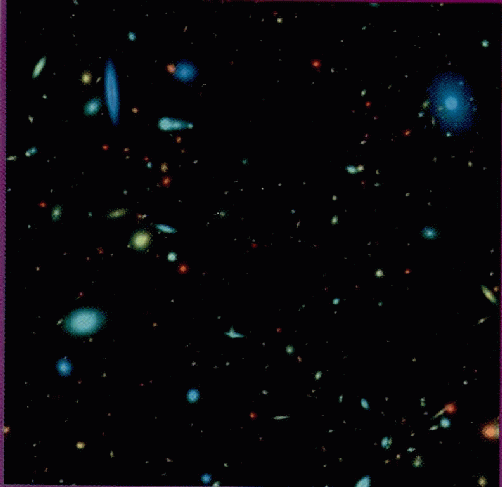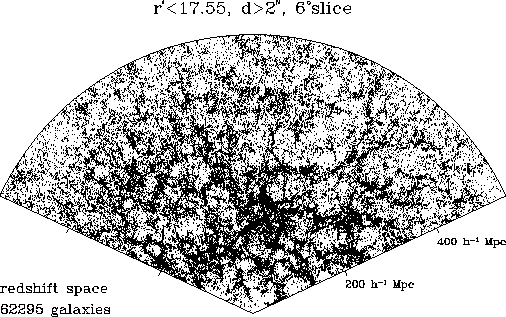One of the most outstanding discoveries of modern astronomy and astrophysics
has been that our Universe seems to be made of materials in a form that we
cannot see. We are not certain what form most of the Universe takes. It is called
dark matter and we do not know its nature. This problem was first recognized by
measurement of velocities of galaxies suggesting that total mass seems one order
of magnitude larger than the sum of the visible masses within the galaxies
themselves. Now many improved measurements showed evidences convincing
that the mass density of the Universe must be greater than 10 % of the critical
density -- the threshold density to discriminate close Universe and open
Universe -- while the amount of matter present in the visible parts of galaxies
amounts to be roughly only 1 %. In addition, theoretical favorites in terms of
modern cosmology is that mass density of the Universe might exactly have the
value of the critical density.

The dark matter would also resolve the basic problem of galaxy formation. The
COBE measurement showed that the cosmic microwave background radiation is
remarkably isotropic and smooth. Its fluctuations are too small to to form the
structure of the Universe we are observing: Galaxies and clusters of galaxies.
Original matter was very strongly coupled to the radiation when the Universe
was very hot and this made it very difficult for the original matter to collapse to
form galaxies and clusters of galaxies. If the dark matter did not interact with the
original matter or the radiation, density perturbations in the dark matter could
develop to larger density contrasts and the structures of the Universe can be
formed without any initial non uniformity of the original matter or the radiation.

It has been claimed that pure cold dark matter (CDM)
leads to a larger baryon fraction ($\Omega_{b}$) than
predicted by big bang nucleosynthesis (BBN) if the observed
hot X-ray-emitting gas represents a fair sample of the universe.

An admixture of hot dark matter
(HDM) with CDM shifts the estimates of the baryon fraction closer
to that by BBN. In addition, this mixed cold + hot dark matter
model (CHDM) has been shown to agree well with the cosmic
microwave background (CMB) spectrum measured by COBE,
and galaxy group properties such as the number density of clusters.

Neutrinos are the best candidate for HDM
and a total neutrino mass of 5 eV
may be a solution consistent with all available
observations.


